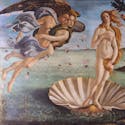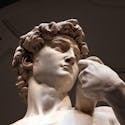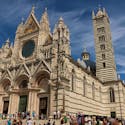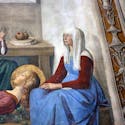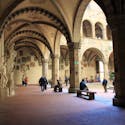The working of alabaster is an ancient tradition in Volterra. The Etruscans used alabaster to make urns, then used it as well for creating capitals, tabernacles, vases and other works of art.
Volterra is the city of alabaster par excellence. The large natural deposits of alabaster in its surroundings are considered one of the most precious around the world given its particular compactness, transparency, veins and hardness.
The Albaster museum in Volterra is located within the suggestive medieval Tower Minucci, next to the Pinacoteca Comunale. The museum itinerary, through a selection of works, tools and materials, the history of working alabaster from the Etruscans up until our time. This includes an exposition of how the stone is found and worked (technical materials), its style characteristics (the decorative forms used), and the economic and social aspects (the market for alabaster, its spread, the life and work of an alabaster artisan in his workshop).
The most significant works include two funeral urns from Etruscan times, two capitals from the Middle Ages that are unique representations of work in alabaster of that time, a collection of precious sculptures from the 18tha nd 19th centuries, a selection of medallions in alabaster by Albino Funaioli and several works by Volterra native artist Raffaello Consortini.
The Ecomuseo of Volterra is an interesting starting point for an itinerary through the city that presents the past and present tradition of this unique artisan craft still a part of life in Volterra, from the Etruscan finds in the Guarnacci museum to the many artisan workshops still active in town.

